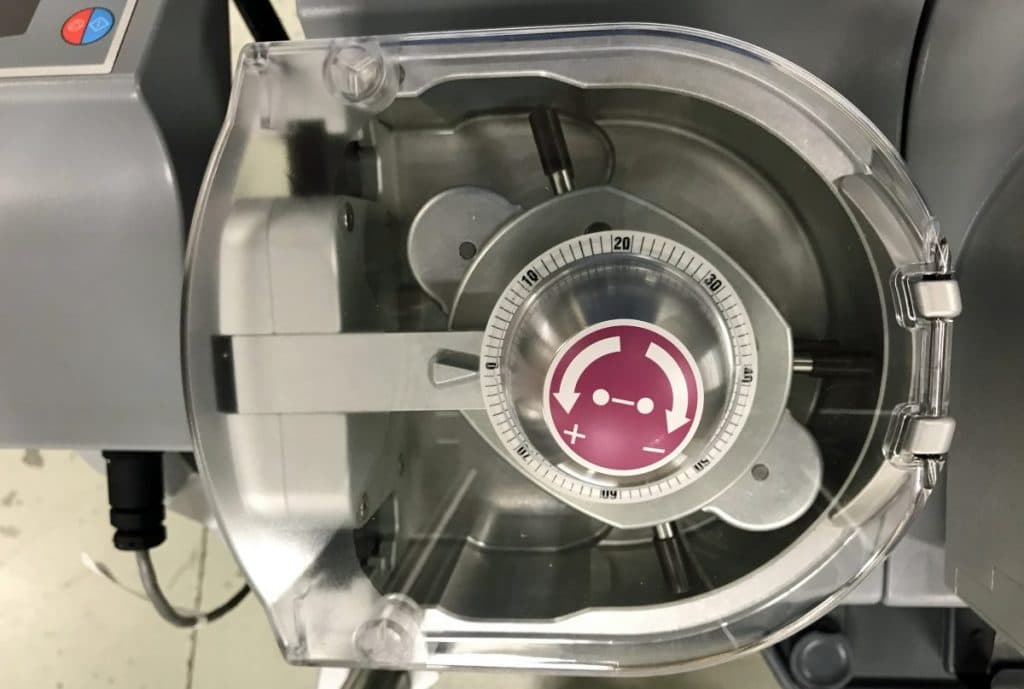Carotid artery blood flow velocities during open-heart surgery and its association with delirium

The aim of this prospective observational single-centre pilot study was to evaluate the association between alterations in carotid artery blood flow velocities during cardiac surgery and postoperative delirium.
Carotid artery blood flow velocity was determined perioperatively at 5 different timepoints by duplex sonography in 36 adult cardiac surgical patients. Delirium was assessed using the Confusion Assessment Method for the ICU and the Intensive Care Delirium Screening Checklist. Additionally, blood flow velocities in the middle cerebral arteries, differences in regional cerebral tissue oxygenation and quantity and quality of microemboli were measured.
Delirium was detected in 7 of 36 patients. After cardiopulmonary bypass carotid artery blood flow velocities increased by +23 cm/second (95% confidence interval (CI) 9–36 cm/second) in non-delirious patients compared to preoperative values (P = .002), but not in delirious patients (+3 cm/second [95% CI −25 to 32 cm/second], P = .5781). Middle cerebral artery blood flow velocities were higher at aortic de-cannulation in non-delirious patients (29 cm/second [inter-quartile range (IQR), 24–36 cm/second] vs 12 cm/second [IQR, 10–19 cm/second]; P = .017). Furthermore, brain tissue oxygenation was higher in non-delirious patients during surgery.
Our results suggest that higher cerebral blood flow velocities after aortic de-clamping and probably also improved brain oxygenation might be beneficial to prevent postoperative delirium.
